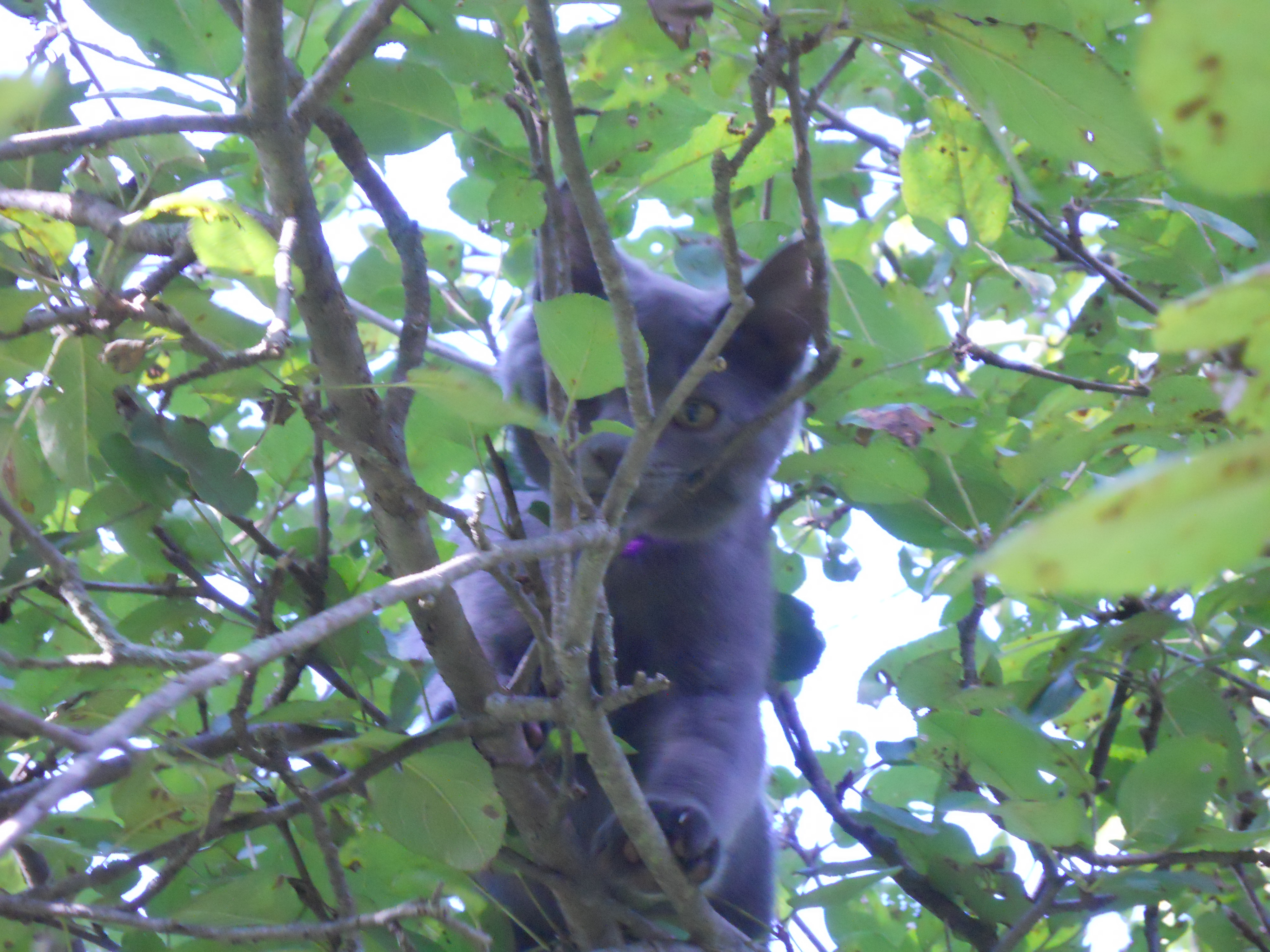In Mary Oliver’s spectacular poem, The Summer Day, she asks,
“…What is it you plan to do
With your one wild and precious life.”
Of course, for some, life is more frightening than precious. But her evocation of such a spectacular day is so visceral and truthful.
And maybe we’re all always trying to figure this out, in our own ways. It’s certainly a question as old as humanity, as old as self-reflecting awareness. What can or what must we do with our lives? Who or what are we? How can we or must we respond to a situation, to just waking up or going to work or school⎼ or to the threats that loom over all of us? Like the threat from those who are trying to impose a white nationalist dictatorship on all of us? The threat of the climate emergency, from wars, and who knows what else? Every moment the question of Who are we arises. We create ourselves through our answers to this question. And for most of us, our answers change.
Mary Oliver talks about attention, deep attention, as she rolls in the grass. As she feels herself as the grass or the creatures around her. And maybe this is one thing for all of us to do. We might let ourselves simply be with as much of what’s around us as feels right⎼ grass, trees, streams, and other living beings. This is one way to help save it, or them. To get us to care deeply enough to take action to save it, or us.
Did you hear that sound? The air disturbed by a moving car? The cough-talking of a raven? That peeper? That sparrow? That raven is cough talking not only the beauty of the day, but the grief it feels over the depleted air. Do you hear that sparrow? It’s not only calling its mate. It’s calling out in grief over the diminishing food resources it can find to feed its children.
I notice that when I regret something I did or didn’t do, maybe I misunderstood something, or treated someone unfairly, and I might call myself names. Wonder how I could ever be so mistaken. And this hurts. I might even imagine that mistake is frozen in time⎼ that I’m frozen in time, merely a memorial to a mistake. And that I can’t change or free myself from it. We might even try to blame someone or something else for what we’ve done so we no longer feel the pain.
Why do we do this? It’s such a weird way of thinking about ourselves and our lives, isn’t it? So distorted and inaccurate. If instead we listen deeply to this self-talk and imagining and go beyond it, not get stuck in it, so much might be revealed. Recognizing a mistake is the first step in correcting it. It can be a growth of awareness if we just listen mindfully and take it and our response as a lesson.
We might do the same anytime we look at ourselves….
*To read the whole article, please click on this link to The Good Men Project.





